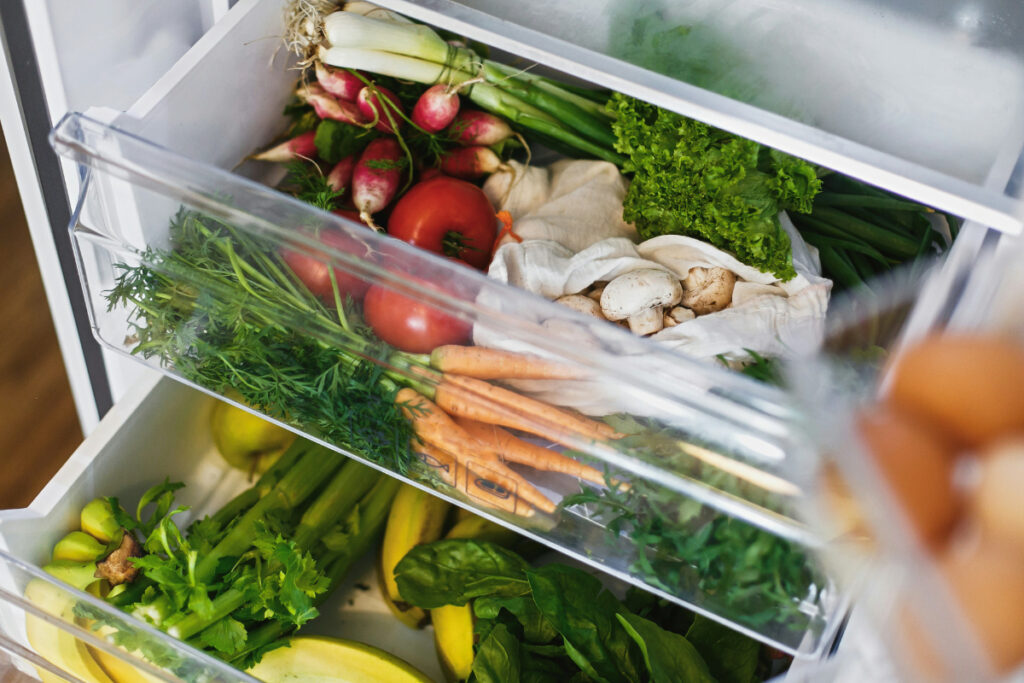Are you tired of seeing your energy bills skyrocket every month? One of the easiest ways to save money on your energy bill is by making your refrigerator more energy-efficient. Your refrigerator is one of the biggest energy consumers in your home, and small changes can make a big difference in your energy usage. In this article, we will share three energy-saving tips for your refrigerator that can help you save money and reduce your carbon footprint.
The first tip is to adjust the temperature of your refrigerator. According to the US Department of Energy, the ideal temperature for your refrigerator is between 35 and 38 degrees Fahrenheit. Any temperature below 35 degrees Fahrenheit is too low and can waste energy, while any temperature above 38 degrees Fahrenheit can spoil your food. By adjusting the temperature to the ideal range, you can save energy and ensure that your food stays fresh.
The second tip is to clean your refrigerator coils regularly. Dust and dirt can accumulate on the coils, causing your refrigerator to work harder and use more energy. By cleaning the coils every six months, you can improve your refrigerator’s efficiency and save money on your energy bill.

Optimizing Temperature Settings
Your refrigerator’s temperature settings can have a big impact on its energy usage. In this section, we’ll cover some tips for optimizing your temperature settings to save energy and keep your food fresh.
Understanding Ideal Refrigerator Temperatures
According to the Department of Energy, the ideal temperature for your refrigerator is between 35°F and 38°F (1.6°C and 3.3°C), while the freezer should be set to 0°F (-18°C). Keeping your fridge too cold can put extra strain on the compressor and drive up energy usage unnecessarily. On the other hand, if your fridge is too warm, your food may spoil more quickly.
To ensure that your refrigerator is at the right temperature, use a thermometer to check the temperature in both the fridge and freezer compartments. You can adjust the temperature settings as needed to achieve the ideal temperature range.
Adjusting for Seasonal Changes
It’s important to adjust your refrigerator’s temperature settings to account for seasonal changes. For example, in the summer, your refrigerator may need to work harder to maintain the ideal temperature due to higher ambient temperatures in your home. To help your fridge stay cool, keep it away from direct sunlight and other sources of heat, such as your stove or dishwasher.
In the winter, you may be able to adjust the temperature settings slightly to save energy. For example, you may be able to set your fridge to a slightly warmer temperature without compromising food safety. However, be sure to check the temperature regularly to ensure that your food stays fresh.
By understanding the ideal temperature range for your refrigerator and adjusting the settings as needed, you can help your fridge run more efficiently and save energy.
Proper Maintenance and Cleaning
To ensure that your refrigerator is functioning efficiently and saving energy, proper maintenance and cleaning are essential. Here are two important subsections to consider:
Regular Condenser Coil Cleaning
The condenser coils in your refrigerator are responsible for removing heat from the fridge and releasing it into the air. Over time, these coils can become clogged with dirt and dust, which prevents them from doing their job properly. As a result, your fridge has to work harder to keep things cool, using up more energy in the process. To avoid this, it is recommended that you clean the condenser coils at least twice a year. You can use a vacuum cleaner or a coil brush to gently remove any dirt or dust that has accumulated on the coils.
Seal and Gasket Care
A loose seal on the fridge door allows cool air to seep out, wasting energy and causing your fridge to work harder than it needs to. First, make sure the seals are free of food residue. You should clean them about twice a year using a toothbrush and a solution of baking soda and water. If you notice any cracks or tears in the seals, they should be replaced as soon as possible. Additionally, if the door doesn’t close properly, it may be a sign that the gasket needs to be replaced. A professional technician can help you with this.
By following these simple maintenance and cleaning tips, you can help your refrigerator run more efficiently and save energy.
Efficient Food Storage and Organization
Proper food storage and organization can help you save energy and money by keeping your refrigerator running efficiently. Here are some tips to help you get the most out of your fridge:
Avoiding Overcrowding
Overcrowding your fridge can make it harder for air to circulate properly, which can lead to uneven cooling and higher energy consumption. To avoid overcrowding, consider the following:
- Don’t pack your fridge too full. Leave some space between items to allow for air circulation.
- Avoid storing items on top of your fridge. This can block the air vents and make it harder for your fridge to cool properly.
- Keep your fridge organized. Group similar items together and use containers to help keep things tidy.
Using the Right Containers
Using the right containers can help you save energy and reduce food waste. Here are some tips to help you choose the right containers:
- Use airtight containers to help keep food fresher for longer. This can help reduce food waste and save you money.
- Use clear containers to help you see what’s inside without having to open the fridge. This can help reduce the amount of time you spend with the door open, which can save energy.
- Use containers that are the right size for the items you’re storing. This can help reduce the amount of empty space in your fridge, which can help it run more efficiently.
By following these tips, you can help keep your fridge running efficiently and save energy and money in the process.





